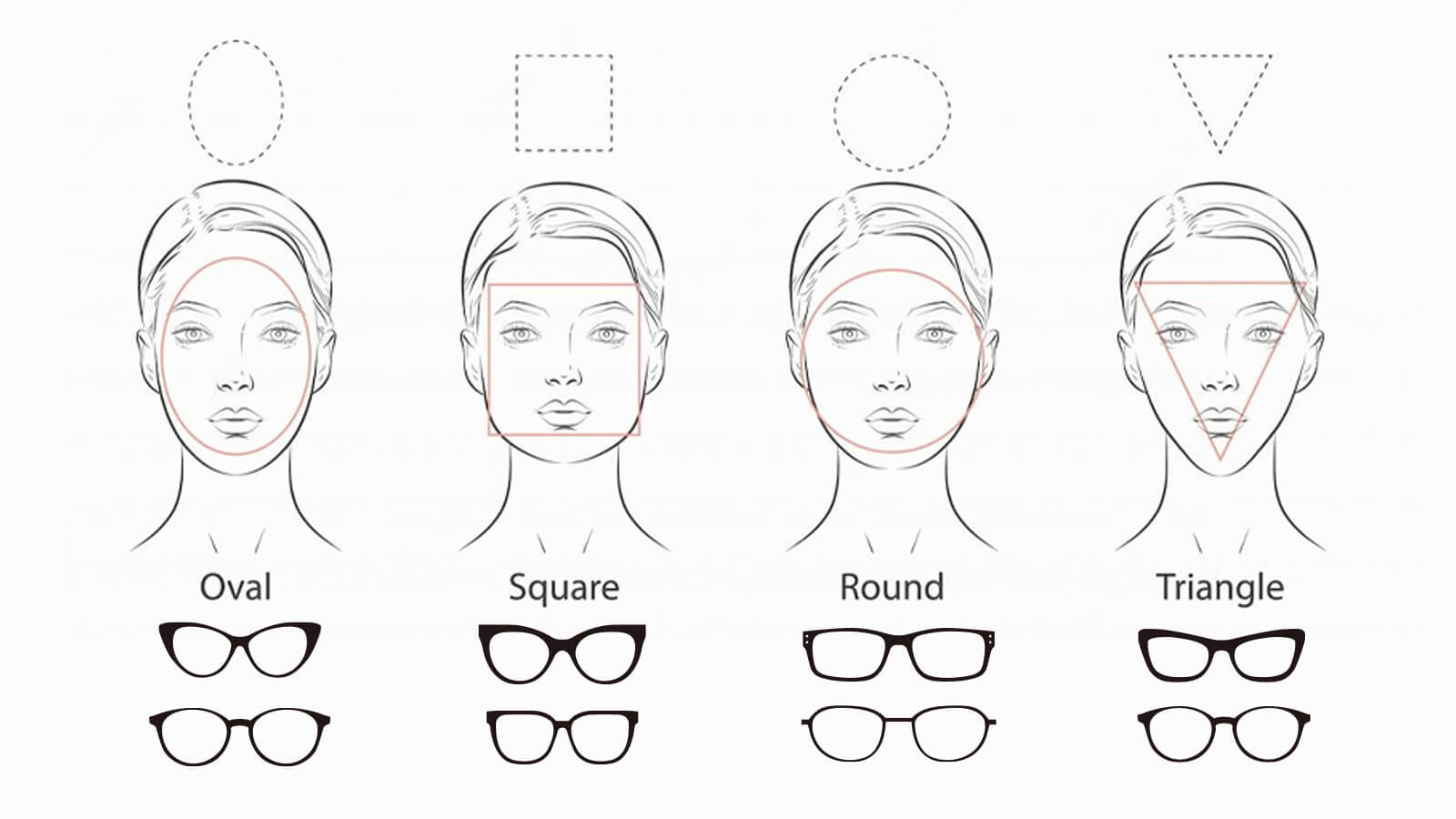
Guide to Picking Glasses That Suit Your Face Shape Perfectly
February 27,2023

What is Boho Style? A Comprehensive Guide to Boho-Chic Fashion
February 13,2025

Virtual Glasses Try On - Find Your Perfect Pair Online
April 02,2024

UV Protection Glasses VS. Blue Light Glasses - Vooglam
July 20,2023

Newest Style Modern Trendy Mens Glasses | Vooglam
March 01,2024

Stylish Reading Glasses: Blending Fashion with Functionality
February 16,2023

What are photochromic lenses & glasses?
September 22,2023

Brown Eyes: The Beauty of the Most Common Hue
September 01,2024

The chubby face glasses for round face female
August 02,2023

What are prisms in eyeglasses?
March 20,2023

What are Bifocal Lenses? - Vooglam
April 14,2023

How to Read Your Eyeglass Prescription?
March 11,2023
How Far Can the Human Eye See? - Vooglam
From detecting minimal objects to viewing extensive terrain: The human eye’s exceptional reach. The human eye represents an exceptional organ capable of extraordinary vision. A common question many people ask is, how far can the human eye see? The extent of human eye vision changes based on environmental elements, illumination, elevation height, and the objects we focus upon. Staring at the beach while looking into the night sky produces completely different ranges of visibility. Let’s explore how far away the human eye can see and what factors influence this incredible visual reach.

Understanding Human Vision
Human vision works in a basic manner which influences our visual perception. To understand how far the human eye can see, it’s important to recognize the role of the horizon. An average human being measuring between 5.5 and 6 feet in height maintains visibility of approximately 3 miles before Earth curves away objects from view when standing at sea level on flat terrain. This is the most basic explanation for how far the human eye can see in miles.
The Effect of Elevation on Vision
The observation distance extends beyond this initial range when you stand at elevated positions. A person standing on a mountain will benefit from enhanced vision distance. In ideal conditions, how far can the human eye see on a mountain? A clear atmosphere and a suitable height allow viewers to detect objects extending beyond 100 miles in distance.
How Far Can the Human Eye See in the Sky?
The elevations in visible distance become completely different when you face upward. How far can the human eye see in the sky doesn’t have the same limitations as viewing along the ground. Observation of the night's clear sky allows human eyes to see stars existing at various distances exceeding billions of light-years. That means how far can the human eye see into the sky is nearly limitless when it comes to visible starlight. So, while Earth's curvature and obstacles limit our daytime vision, how far can the human eye see in the sky becomes a matter of light detection, not physical distance.

Human Eye Range Over the Ocean
Structure at sea provides an excellent setting to experience how far you can really see. People at sea level typically detect objects up to 3 miles in the distance from their position. The range of sight extends when standing on the ship's decks or residing in lighthouses. So, how far can the human eye see on the ocean? Vision extends up to 12 miles or more when an observer stands at 100 feet. The upper section of tall ships and lighthouses becomes visible to observers standing across the ocean. Whether you see something depends on your elevation in combination with the height of the viewable object.
Daylight and Atmospheric Conditions
Lighting is another major factor in determining how far can the human eye see in daylight. At daytime, the human eye encounters restricted sight because of hazy conditions along with smog, dust particles, and high atmospheric moisture. During a dry and sunny day, a person standing at normal elevation can identify both mountains and high buildings from distances exceeding multiple miles. But how far can the average human eye see clearly? Candle flames become detectable to most eyes at up to 1.5 miles during nighttime conditions, yet collective objects, including buildings and mountains, become visible at a range between 10 to 50 miles based on their height and topography.
The Science Behind Visual Limits
So, how far can the human eyes see really? Our eyesight extends to the curvature of the Earth while guided by the intensity of the arriving light signals. That’s why when we ask how far can the human eye see in miles, the answer can vary from a few feet to several light-years. Light detection occurs within the retina through cone and rod cells before brain signals are sent. During daylight conditions, cones manage to control both colour detection and visual acuity. At night, rods take over and allow us to detect fainter, more distant light—explaining why how far can the human eye see in the sky becomes such a large number.
Final Thoughts
Whether you're standing on a beach, climbing a mountain, or gazing into the stars, the question of how far can the human eye see opens a window into the amazing capabilities of human vision. While there are physical limits to how far we can see on Earth, the stars remind us that when it comes to how far can the human eye see into the sky, the reach is practically endless. The next time you look out at the horizon or up at the stars, you’ll have a deeper understanding of how far can the human eye see in daylight, on the ocean, on a mountain, and far beyond.

Vooglam Blog
Vooglam blog shares professional knowledge about eyeglass frames, lenses, etc., and provides help when purchasing and using eyewear products. At the same time, Vooglam focuses on fashion glasses to interpret the trend of glasses for you.

The Science of Polarized Lenses: How They Improve Clarity and Safety in Snowy Conditions
If you've ever been out on a sunny day in the snow, chances are you know all about snow glare. That painful, sometimes blinding reflection off the bright white of snow isn't just annoying; it can be e
November 26,2025
Don't Spook Your Style: 6 Iconic Halloween Costumes with Glasses
Halloween isn't just about jumping into someone else's skin for a night—it's about finding pieces of yourself you didn't know existed. For those of us who wear glasses daily, the question isn't whethe
October 16,2025
How to Fix a Metal Glasses Arm Hinge: A Step-by-Step Repair Guide
Why Hinge Repairs Are Common—and FixableIf you wear glasses daily, chances are you've dealt with issues related to the hinges on your metal frames. It's one of the most common weak points, and over ti
July 07,2025
Low Nose Bridge vs. High Nose Bridge: How to Find the Perfect Glasses Fit
Most people spend a lot of time thinking about the styles, colors, and types of lenses they want in their glasses. But there's one thing that people frequently forget about that can make a big d
July 07,2025






































